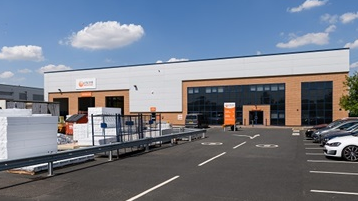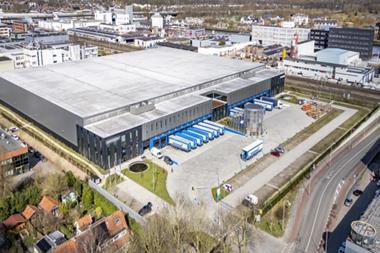Infrastructure fund managers have been told to “raise your game” if they want to win business from the UK’s growing defined-contribution (DC) pensions sector, according to the CIO of NEST.
Speaking at a conference in London, Mark Fawcett, who oversees the investment strategy of the UK’s biggest DC pension scheme by membership, said the infrastructure investment industry needed to “completely recalibrate” some of its thinking to “access DC investors in the UK”.
Fawcett revealed that the £3bn (€3.4bn) NEST, whose assets are expected to double annually in the coming years, will begin searching for infrastructure managers in the near future. In the summer, the pension fund will launch a search for alternatives and private credit managers, including “an infrastructure debt sleeve”, before searching for infrastructure equity managers at a later date.
But Fawcett, speaking at the EDHECinfra Days conference last week, highlighted a number inadequacies with the current approach to infrastructure fund management, including those relating to costs, liquidity and time horizons.
“My challenge to you today, if you are in that business, is think about some of the comments I’ve made, and think about the right structures for this DC market,” he said. “We are not the only scheme that will be growing strongly. I think it is a massive opportunity.”
He argued in favour of “evergreen” funds for today’s DC schemes, rather than closed-ended vehicles with finite lives. “That structure itself – open-ended, evergreen – creates issues,” he admitted. “But given the cash-flow profile of DC schemes in this country, I think that’s a challenge worth taking on.”
He added: “We need funds which have a very long horizon, aren’t going to be closed at any specific period and have liquidity points where we can put money in on a regular basis. We don’t need daily dealing, we don’t need monthly dealing, but we do need some line of sight.”
As reported by IPE Real Assets earlier this year, most infrastructure funds are closed-ended and there is little consensus on the optimal structure for the asset class.
Fawcett also took issue with the typical cost structures of infrastructure funds, which he said were incompatible with the low-cost model of DC pension schemes. The default funds of DC schemes, which hold the vast majority of their capital (99.8% of NEST’s members select the default fund), are required to charge no more than 75bps.
“A lot of funds that we see have a private equity-type charging structure and that is no use,” said Fawcett.
NEST also wants co-investment opportunities, which can help reduce costs, but also for “knowledge transfer”, he said.
“We need to be an informed customer, we need to get up the learning curve of private market investment and we look to our managers for a long-term partnership to help us do that.”
The lack of diversification was another complaint. “Too many funds are concentrated on large investments,” Fawcett said. “We want primarily to capture the infrastructure beta.”
Finally, he said he wanted “to see evidence” of environment, social and governance (ESG) risks “being properly integrated” into processes rather than “ticking the box” of responsible investment.
Fawcett said none of these obstacles would ultimately prevent NEST from investing in infrastructure, but they might influence how it invests.
“As a long-horizon investor, we absolutely believe we should be investing in infrastructure – both equity and debt – and we need an evolution of opportunities in order to do that,” he said.
But he said if appropriate structures were not forthcoming it might force NEST to look at other solutions, citing the example of IFM Investors, which was established by Australian superannuation funds to aggregate capital and invest in infrastructure directly.
“Either we set up a ‘UK IFM’, or you guys raise your game to meet the needs of the DC pensions sector in the UK,” he said.


















